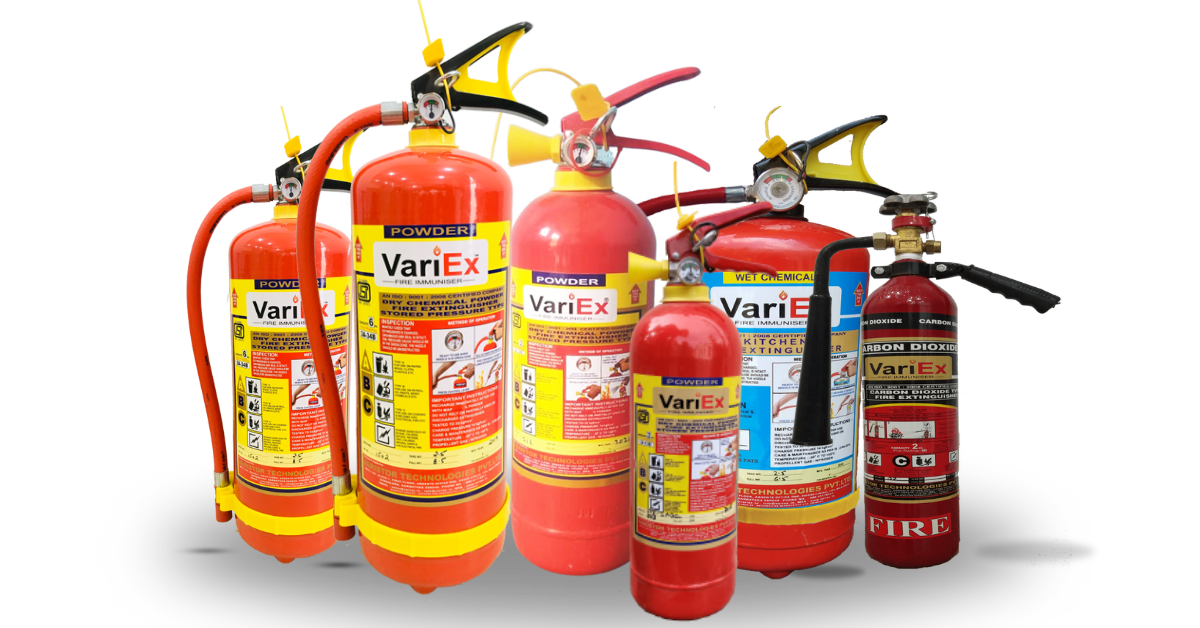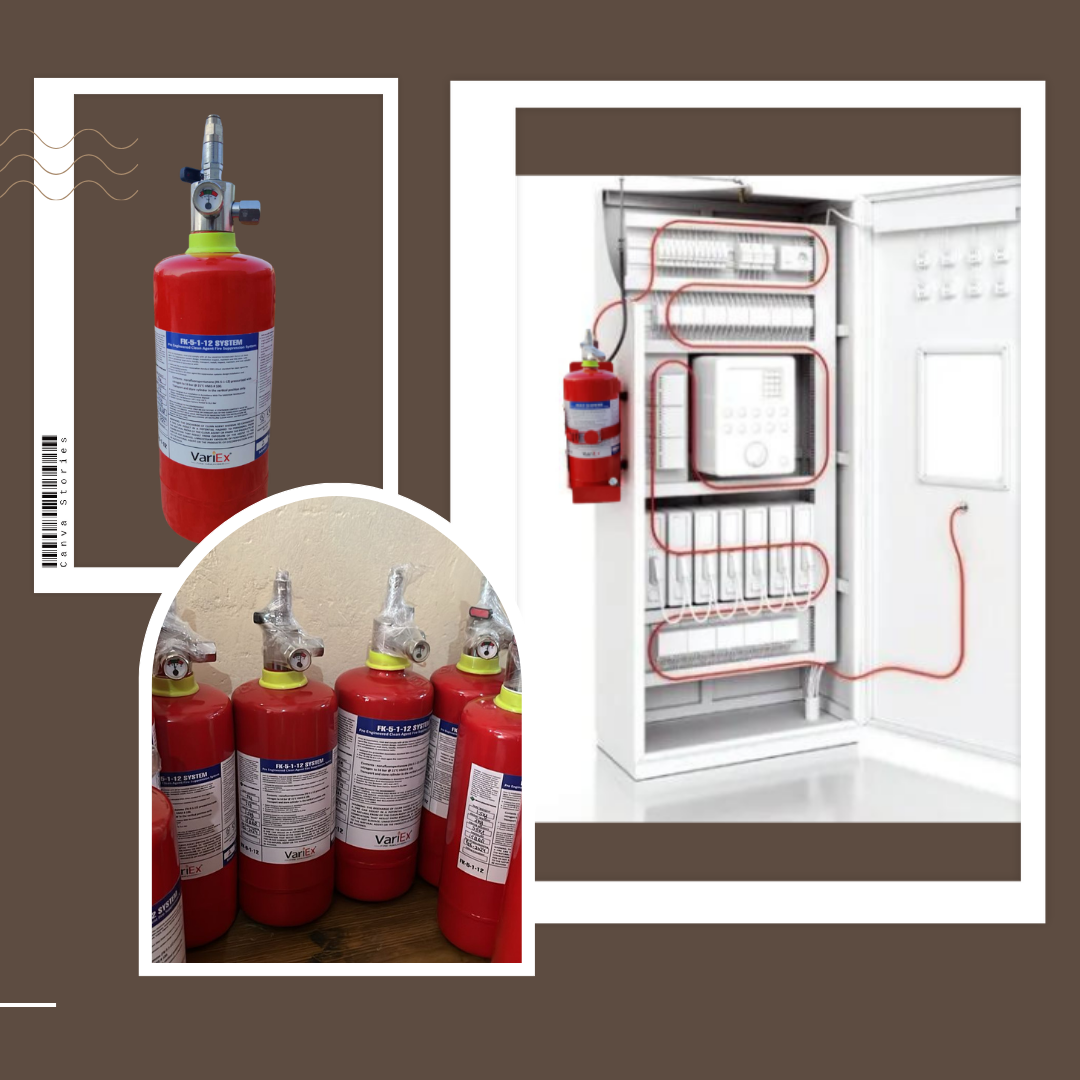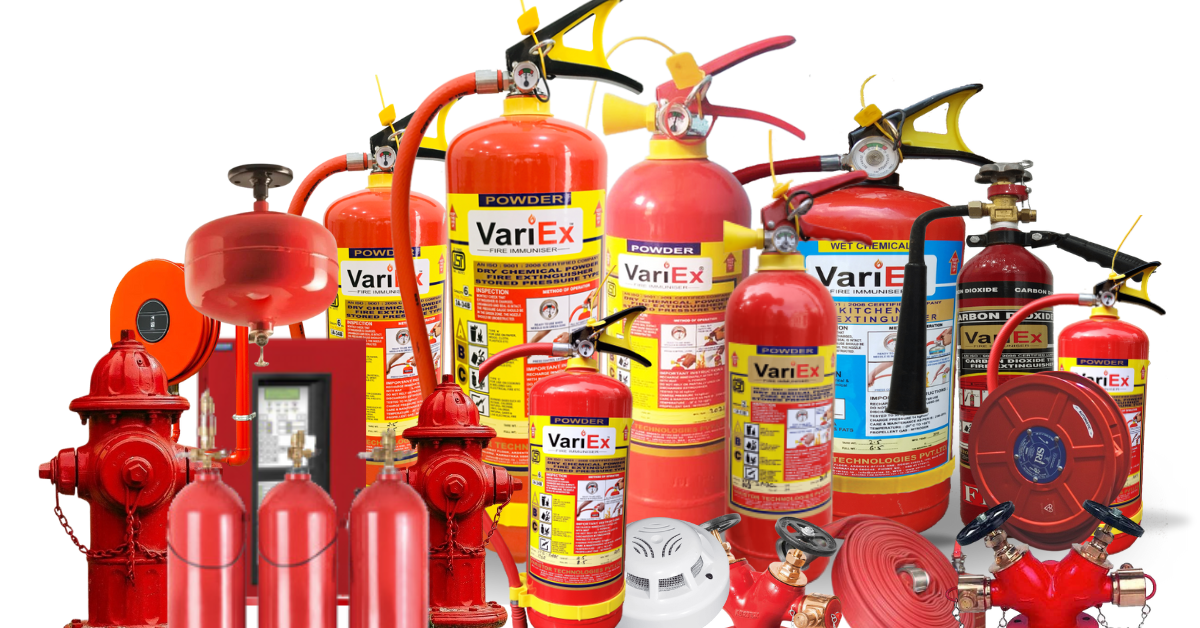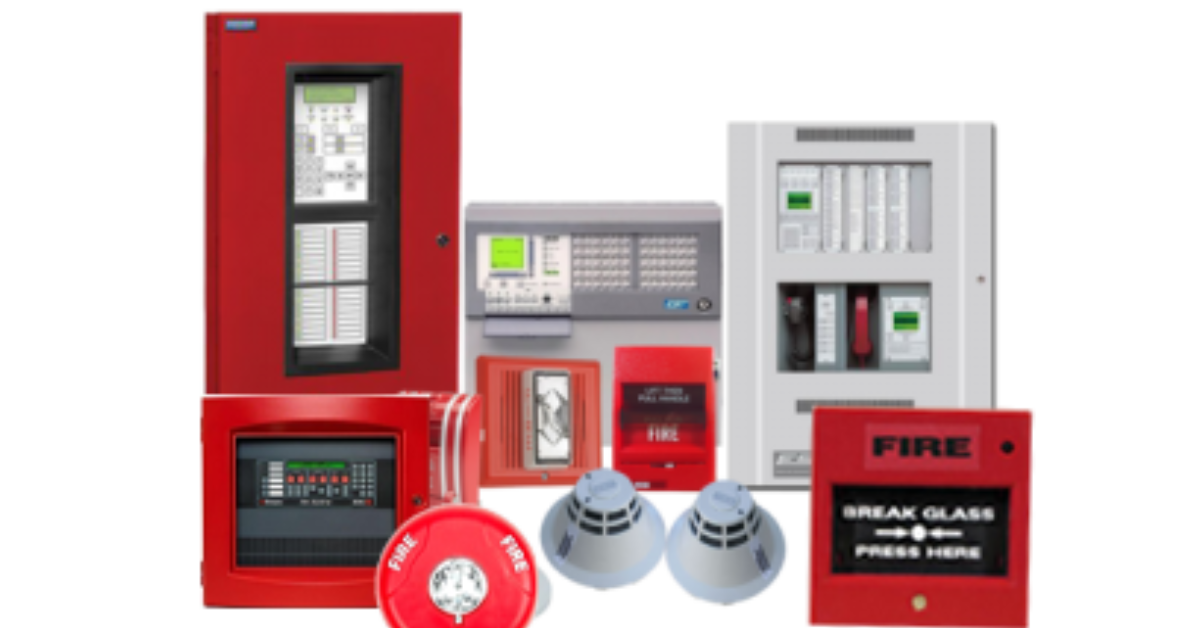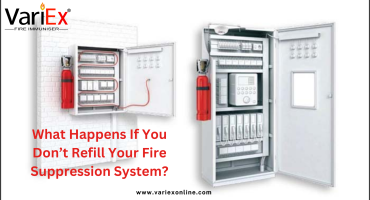![]()
Fire Immuniser
+91-7829629111
Email: info@variex.in
Varistor Technologies Pvt. Ltd.
Block-1, First Floor, Ardente Office One, Hoodi Circle, ITPL Main Road, Bengaluru, Karnataka 560048, IN
How To Make Fire Alarm System
How To Make Fire Alarm System
The ability to detect a fire before it gets out of control can mean the difference between disaster and a relatively minor incident. With advancements in technology, it's easier than ever to assemble your personal fire alarm system. This guide will show you a step-by-step process of making a fire alarm system, ensuring your safety and peace of mind.
Understanding the Importance of a Fire Alarm System
A fire alarm system is a crucial element in maintaining the safety and security of every home and business establishment. It alerts people to the presence of fire, allowing them to evacuate promptly, thereby preventing injuries or even loss of life. By ensuring early detection, it also allows emergency services to respond quickly, limiting damage to properties and belongings.
Basic Components of a Fire Alarm System
In principle, a fire alarm system is a network composed of a series of devices that work together to detect and alert people to smoke or fire. While more advanced systems have a wide variety of elements, the most basic fire alarm system consists of the following components:
- Fire alarm control panel: This serves as the brain of the system. It monitors inputs, relays outputs, and notifies changes.
- Smoke and heat detectors: These devices trigger the alarm when they detect smoke or heat above a certain threshold.
- Fire alarm devices: These can range from bells to flashing lights and are responsible for providing visual or audible warnings.
- Power supply and backup: This includes batteries to ensure your system remains functional during power outages.
Assembling Your Fire Alarm System
Once you've obtained all the necessary parts, you're ready to put together your fire alarm system. Here's how:
1. Layout Planning: Strategic placement of the components is critical. It's recommended to install smoke detectors in hallways, bedrooms, and high-risk areas like kitchens or rooms with fireplaces. Keep the control panel in an easily accessible area.
2. Installing the Control Panel: Mount the control panel on a wall, ensuring it's level. Connect the panel to power. Make sure to also connect the backup battery.
3. Installing the Detectors: Place your smoke and heat detectors as planned. Make sure they are mounted high on walls or ceilings, as smoke and heat rise. Connect each detector to the control panel using your wiring system.
4. Installing Fire Alarm Devices: These can be bells, sirens, or flashing lights and should be positioned in strategic locations where they can be easily heard or seen. Connect these devices to the control panel, too.
5. Testing your System: Once everything is installed and connected, it's essential to test the system to ensure everything is working correctly. You can use smoke or heat simulator sprays to check if the detectors respond to these changes and if the fire alarm goes off.
Keep Your System Maintained
Just as important as setting up a fire alarm system is making sure it stays in good working condition. Regular maintenance should involve checking the batteries, cleaning the detectors to prevent false alarms, and regularly testing to ensure all components communicate as they should.
Consider Professional Help
If you're unsure about installing a fire alarm system yourself, please consider getting assistance. A licensed professional can help design a system that meets your specific needs, considering factors such as the size and layout of your property and local codes and standards. They can also help ensure the fire alarm system is installed and functioning correctly.
Conclusion
Creating your fire alarm system is a proactive step towards safeguarding your property and the people within it. A dependable fire alarm system can provide early warning, giving you ample time to exit the premises and summon help in the event of a fire. Keep in mind the importance of regular maintenance to ensure your system remains in top-notch condition. Finally, while DIY can be rewarding and cost-effective, don't hesitate to seek professional expertise if needed - safety should always be the top priority.
Explore our products Range
Final Say
At VariEx.in and VariexOnline.com, we specialize in supplying and installing top-quality fire fighting systems and equipment. From fire extinguishers to advanced suppression systems, we offer comprehensive solutions tailored to your needs. Our experienced team ensures precise installation and maintenance for optimal safety.
Trust VariEx for reliable fire protection. Contact us online or call 7829629111 to learn more.
"WHAT YOU CAN READ NEXT"
 Read more +24 November 2023 in Fire Extinguisher
Read more +24 November 2023 in Fire ExtinguisherWhat types of fire extinguishers are available for different fire classes?
 Read more +11 April 2025 in Fire Suppression
Read more +11 April 2025 in Fire Suppression





